What plants can not be fed wood ash
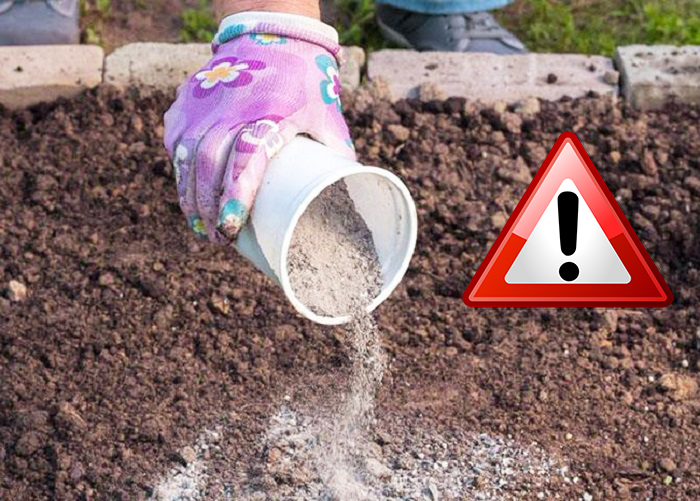
Wood ash is No1 natural organic fertilizer. It plays an important role in the structuring of the soil: it reduces its acidity and has a beneficial effect on the vital activity of soil microorganisms. Those gardeners who have a stove or have a lot of ash from the brazier often feed up all the land on the site. However, not all plants benefit from it. What crops cannot be fertilized in this way and why?
What is useful
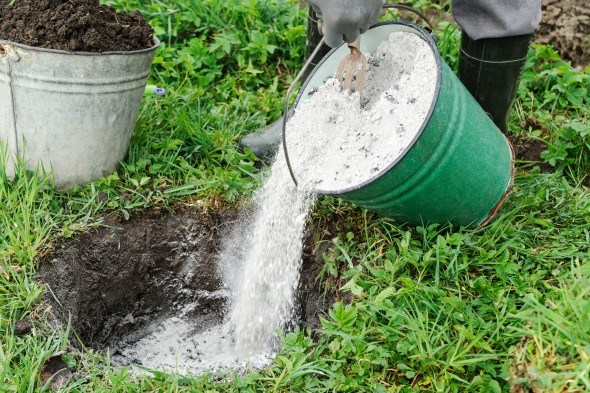 Ash is an excellent source of minerals. It improves the quality of the soil, reducing its acidity than neutralizes a number of pests and pathogens, such as:
Ash is an excellent source of minerals. It improves the quality of the soil, reducing its acidity than neutralizes a number of pests and pathogens, such as:
- aphid;
- powdery mildew;
- Colorado potato beetle larvae;
- cruciferous flea;
- slugs
It promotes rooting of seedlings, and also helps soil microorganisms to decompose organics faster, turning it into elements accessible to plants. But not every ash is useful. What remains after the burning of household garbage, boards, varnished or painted, printing products, can not be used, because this ash contains a lot of chemicals. In the ashes of different plants different minerals predominate:
- a lot of calcium remains after burning aspen, spruce, pine, linden - deoxidizing properties;
- potassium is abundantly contained in the wood of any young trees, sunflowers, and grass;
- a lot of phosphorus in wheat and rye straw, potato tops.
The beneficial effect of the composition continues in the soil from 3 to 4 years. For this reason, it is impractical to carry out the fertilization of trees with ash more often.
When not to apply
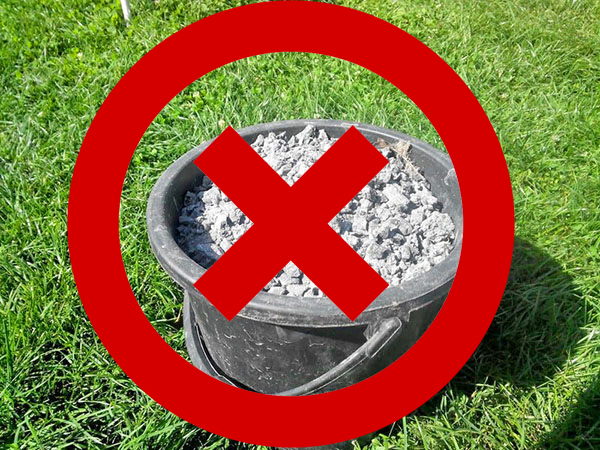 Some garden crops such as watermelon, radish, sorrel, and flowering plants: heather, hydrangea, zinnia, and others do not like ashes. Blueberries, conifers and houseplants like violets and orchids prefer sour soil.
Some garden crops such as watermelon, radish, sorrel, and flowering plants: heather, hydrangea, zinnia, and others do not like ashes. Blueberries, conifers and houseplants like violets and orchids prefer sour soil.
If the ground for these plants alkalize, they will hurt, flowering will stop. Often cultures die.
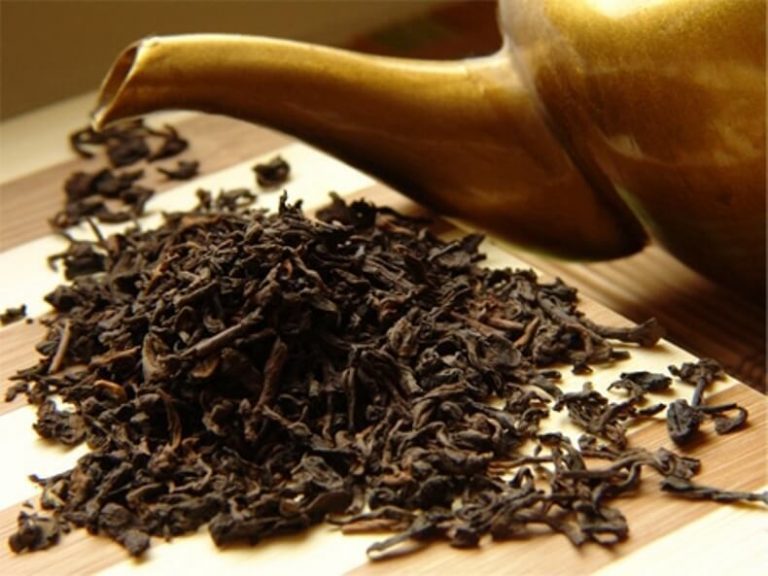
Watermelon
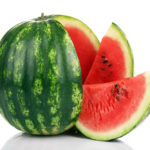 Gourd culture is very capricious. She loves soil with a pH of 6 to 7.5. If the earth is latched, the berry will suffer from a deficiency of iron, manganese, phosphorus, copper, zinc and boron. This will lead to a violation of the provision of moisture, the impossibility of simultaneous intake of sodium and calcium, necessary for full growth and development.
Gourd culture is very capricious. She loves soil with a pH of 6 to 7.5. If the earth is latched, the berry will suffer from a deficiency of iron, manganese, phosphorus, copper, zinc and boron. This will lead to a violation of the provision of moisture, the impossibility of simultaneous intake of sodium and calcium, necessary for full growth and development.
As a result, the fruits crack and rot, due to the cessation of the development of the apex. Gourd aphid, which could be managed by enlisting the help of ash, often makes it difficult to grow a crop of watermelons.
Radish
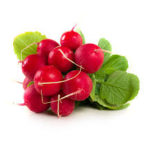 Vegetable grows best on medium-acid (pH 6-7.5), loose, aerated soils. With high acidity in root vegetables there is an increased accumulation of heavy metals. The culture can also lose some of the dye due to the loss of water in a strongly acidic medium. This is manifested by "washing off the color" when washing root vegetables.
Vegetable grows best on medium-acid (pH 6-7.5), loose, aerated soils. With high acidity in root vegetables there is an increased accumulation of heavy metals. The culture can also lose some of the dye due to the loss of water in a strongly acidic medium. This is manifested by "washing off the color" when washing root vegetables.
When planting radish on alkaline soil, it will develop poorly and turn yellow. Therefore, if the soil needs to be alkalized, this should not be done immediately before growing the radish. Ash can be scattered a year earlier, before the previous culture.
Sorrel
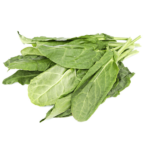 Growing sorrel is particularly successful on loamy neutral and slightly acidic soils rich in organic matter.The plant loves moisture. With its lack of sorrel leaves quickly coarsen, and they accumulate oxalic acid.
Growing sorrel is particularly successful on loamy neutral and slightly acidic soils rich in organic matter.The plant loves moisture. With its lack of sorrel leaves quickly coarsen, and they accumulate oxalic acid.
You should not even try to plant a plant in alkaline soil. It will not be able to develop adequately and give full seeds.
Ornamental and medicinal crops
The list of ornamental crops that prefer an acidic reaction to the environment includes most of the popular flowering plants (aster, cosmos, delphinium). They all feel good at a pH of 5.5 to 6.
Sage, lavender, primrose and calendula also grow and accumulate their substances in auspicious acidic soil. If the soil is alkaline, the plants will not be able to develop adequately, which will affect the healing properties.
Houseplants
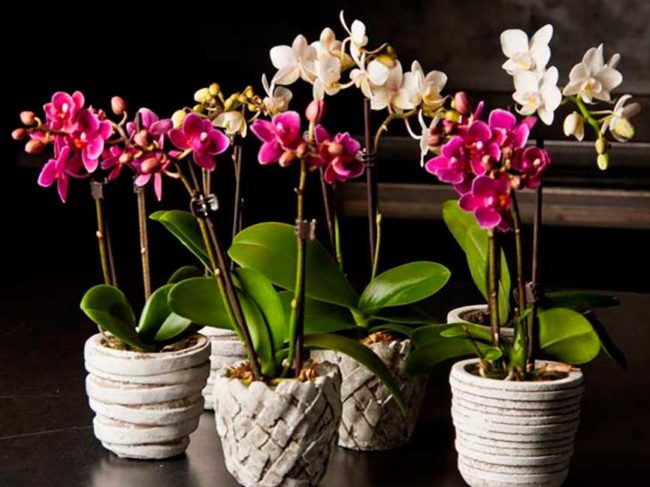 There are a lot of flowers that are grown on the windowsills, but not all of them will be happy with the ashes. Ash calcium can significantly reduce acidity, leading to disease.
There are a lot of flowers that are grown on the windowsills, but not all of them will be happy with the ashes. Ash calcium can significantly reduce acidity, leading to disease.
Orchids love subacid soils. If the soil is too acidic, some ash can be added. Violets can be fertilized with a small amount of fertilizer once a year to maintain the required pH. But not peat, because in him little potassium needed for flowering, and a lot of calcium, because of which the flower dies.

In what other cases should ash be abandoned?
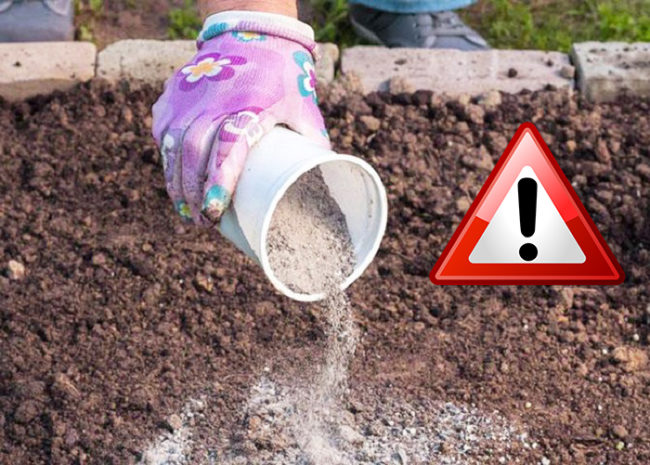 It is not recommended to apply ash simultaneously with manure, ammonium nitrate, urea and superphosphate. Ash will not allow plants to absorb organic matter. Simultaneous use with dolomite flour will lead to a strong alkalization of the soil. If the pH of the soil is elevated, this can be seen from the condition of the plants. Excess calcium is expressed by:
It is not recommended to apply ash simultaneously with manure, ammonium nitrate, urea and superphosphate. Ash will not allow plants to absorb organic matter. Simultaneous use with dolomite flour will lead to a strong alkalization of the soil. If the pH of the soil is elevated, this can be seen from the condition of the plants. Excess calcium is expressed by:
- overgrowth of leaf sockets;
- the death of shoots;
- loss of leaves from ornamental flowering plants;
Signs of an excess of potassium are the russeting and bitterness of fruits, the premature loss of leaves in flowers. There is a good time for each fertilizer. Wood ash is useful in the fall, shortly before the fruit ripens, when the plants are in need of potassium.
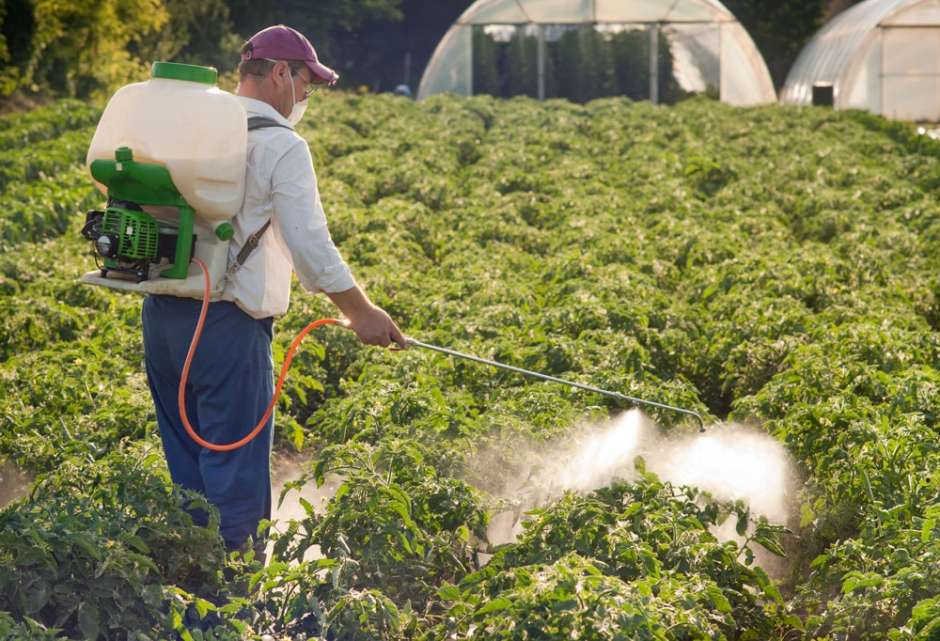
The use of ash is important to normalize - it is useful in reasonable dosages. To prevent contamination by pests of plants that prefer an acidic reaction of the medium, it can be fed by the soil 1–2 years before their planting. Periodically, you need to monitor the level of acidity of the soil under any crops. If the pH is greater than 7, then it is better not to use ash.



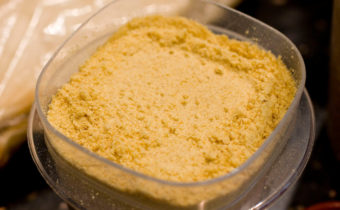
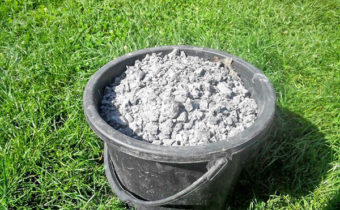
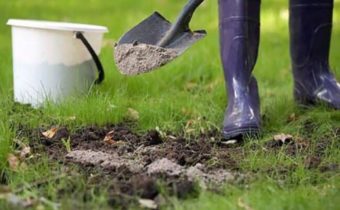
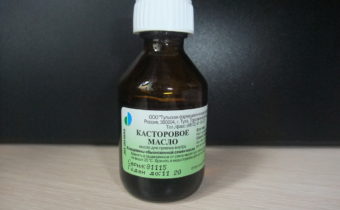
Alexey
With regard to the fact that watermelons do not like ashes, this is complete nonsense. All summer I feed watermelons with 1 cup per 10 liters of water and have grown from 9 to 12 kilograms of watermelons. Flax region of Kirovsky district. Do not write more of such nonsense.
Givi
I completely agree. And ash does not allow pests to radish.
Delitees write complete nonsense in the hope of getting likes and earning a penny of writing.
Take a shovel and grow greens, radishes, etc., try in practice, and do not write nonsense. Fu Already it became disgusting.
Igor
pH 6–7.5 is moderately acid in them. The author, it seems, is generally far from any knowledge and remains in the delirium of some kind of science.
Tatyana
Does lavender love sour soil? It is doubtful!
Lydia
“Woody ash is No1 natural organic fertilizer.” Laugh together? My dear author, ash is a mineralized organic residue. It is necessary to introduce it into the soil for any crops, since the potassium contained in it is one of the three essential macronutrients for plant nutrition. Another thing, in all things you must comply with the rules, terms and methods.